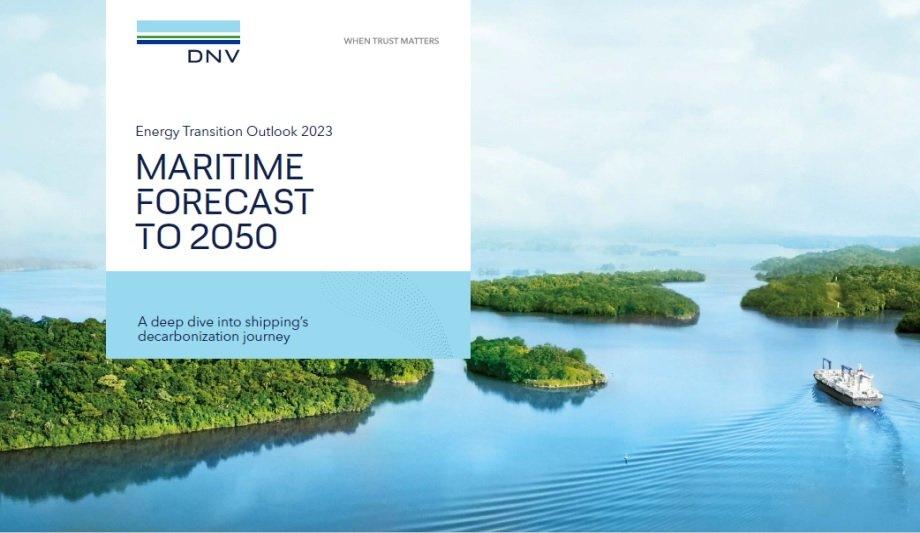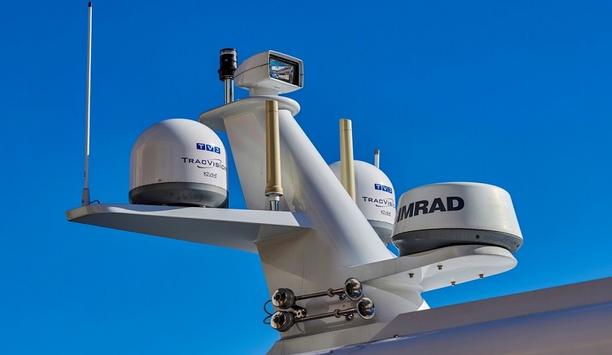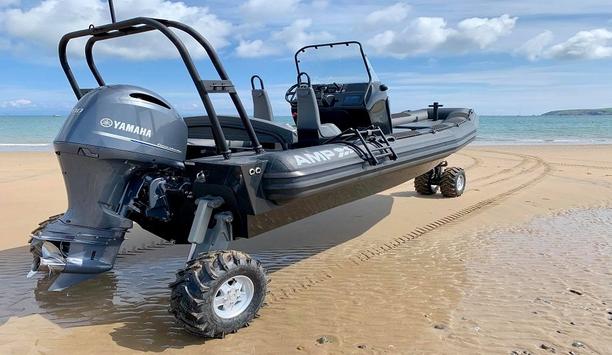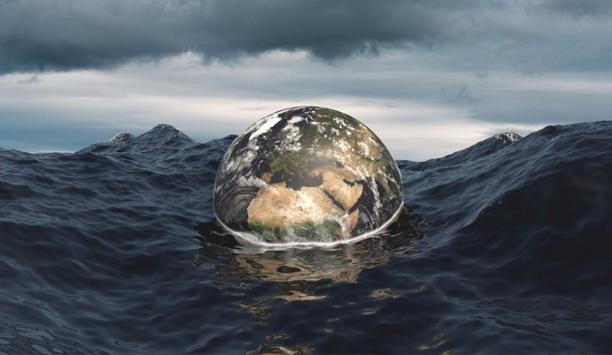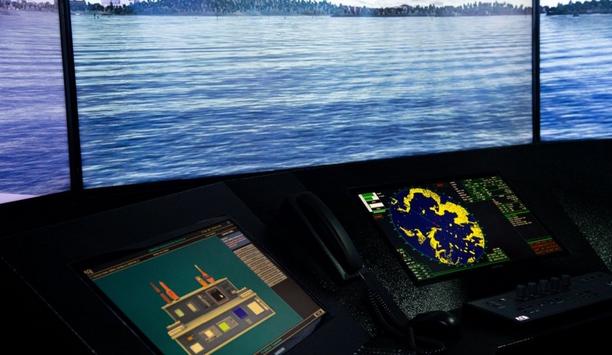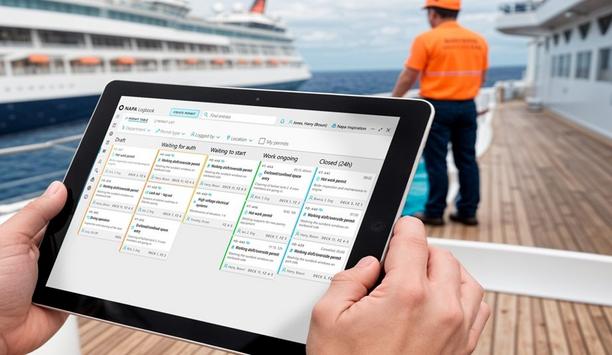We are in the midst of a decisive decade when it comes to the future of maritime. Facing a long-term goal of achieving net-zero emissions by 2050, the industry needs to make more informed and science-based decisions, and a new level of collaboration and flexibility will be needed among all maritime stakeholders.
DNV’s Maritime Forecast to 2050 report provides a deep dive into shipping’s decarbonisation journey.
Energy Transition Outlook 2023
The Energy Transition Outlook 2023 is the latest industry report focusing on the future of shipping and the uncertain route to getting there. DNV is the world’s pioneering classification society and a recognised advisor for the maritime industry.
Between 2030 and 2050, technologies will have to be implemented along the path to net zero
In the near term, between now and 2030, reducing energy consumption will go a long way toward meeting the required carbon reductions, according to the report. However, in the longer term, between 2030 and 2050, newer technologies will have to be implemented along the path to net zero.
New pilot programmes
"We try to have an overview of what's important and stay abreast of what is being discussed in the industry," says Eirik Ovrum, Principal Consultant, DNV Environment Advisory and lead author of the report.
"This year, we focused on discussing technologies we haven't focused on before. We have to consider all of them." New pilot programmes including on-board carbon capture and nuclear propulsion will provide insight into how workable these strategies are on a larger scale and in a longer timeframe.
Technological commercialisation
A lot of technology will have to be developed, demonstrated, and commercialised over the next decade"
"In this decade, we will have to develop new technologies and demonstrate performance, and then after that, we need to use those technologies on a larger scale,” says Ovrum.
“Technological commercialisation is uncertain until we show we can make it work. But it is necessary. A lot of technology will have to be developed, demonstrated, and commercialised over the next decade."
Decarbonisation focus for 2030
The near-term decarbonisation focus for 2030 is to reduce carbon emissions by 20%, which is “ambitious, bordering on the unrealistic,” says Knut Orbeck-Nilssen, DNV’s CEO, Maritime.
“The outlook is challenging, but I remain an optimist,” he says. “Shipping has managed great challenges before. We need collaboration both within shipping and across sectors with those who produce and distribute the energy. Public and private partnerships can make a good contribution.”
Use of alternative fuels
Achievements toward the goal include a rapid growth in ships that can use alternative fuels
“The clock is ticking louder on efforts to identify, define, and resolve barriers to successful and safe decarbonisation,” says Orbeck-Nilssen.
Achievements toward the goal include a rapid growth in ships that can use alternative fuels, such as methanol and LNG (liquified natural gas).
Carbon-neutral fuels
In the long term, a range of technologies will be necessary, beyond the use of alternative fuels. The shipping industry will compete for the availability of carbon-neutral fuels with aviation, road transportation, and other industries.
The shipping market will require an estimated 30-40% of the cross-sector carbon-neutral fuel supply in 2030.
Carbon capture and storage
The technology captures the carbon in the fuel before CO2 is emitted to the atmosphere through the exhaust
Onboard carbon capture and storage can reduce the demand for carbon-neutral fuels and avoid broader market competition for sustainable biomass and renewable electricity.
The technology captures the carbon in the fuel before CO2 is emitted to the atmosphere through the exhaust, thus allowing for continued use of carbon-rich fossil energy (but with significantly reduced CO2 emissions).
Nuclear-powered ships
Nuclear-powered ships are another approach, which is a proven technology used in navies and icebreakers. The technology would also reduce the competition for biomass and renewable electricity, but barriers exist to the application of nuclear power to merchant vessels. Pilot studies are planned for the early 2030s to assess the long-term feasibility of nuclear-powered ships.
According to the DNV 2023 report, nuclear propulsion can be a competitive option if reactor costs are in the lower range of historical costs for land-based nuclear power plants.
Accelerating the green shipping corridors
Green shipping corridors can accelerate the use of carbon-neutral fuels by allowing barriers to be identified
The continuing development of “green shipping corridors” will facilitate the application of decarbonisation strategies throughout the maritime value chain. A “green corridor” is a shipping route on which zero-carbon emissions ships and other emission reduction programmes are deployed, enabled by public and private actions and policies.
Green shipping corridors can accelerate the use of carbon-neutral fuels by allowing barriers to be identified and overcome in a more targeted and practical way, rather than on a global scale.
Wind-assisted propulsion and air lubrication systems
Technologies such as wind-assisted propulsion and air lubrication systems can also play a role in the decarbonisation effort. Air lubrication reduces the resistance between a ship and the sea around its hull, thus lowering energy consumption. Other factors include digital tools, and fleet deployment and optimisation.
“The 2020s is proving to be the decisive decade for decarbonisation of shipping,” says Ovrum. Decisions and strategies developed in the next few years will be decisive in meeting the 2030 and 2050 decarbonisation goals.
Ways to overcome challenges
To meet the challenges, Ovum says shipowners should:
- Reduce energy consumption now;
- Consider all decarbonisation options;
- Focus on fuel flexibility; and
- Consider long-term fuel strategies.
